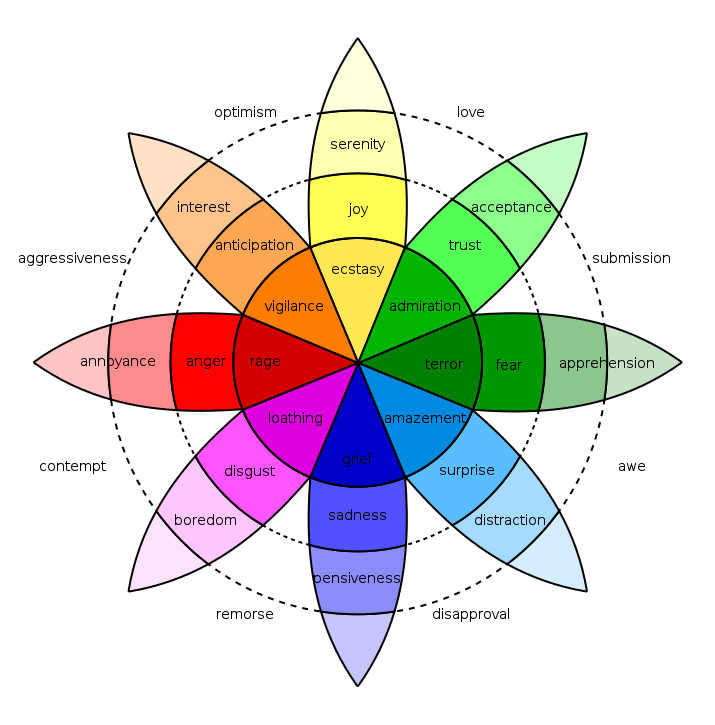
Exhibit 12.10 Robert Plutchik’s Wheel of Emotions. (Source: Wikipedia).
Emotions are conscious experiences characterized by intense mental activity and a
certain degree of pleasure or displeasure (Wikipedia). Arising from the arousal of the nervous system they are triggered
by some external or internal stimuli.
In theory, an emotional experience is said to comprise 5 coordinated and synchronized components:
- Cognitive appraisal of events and objects.
- Bodily symptoms, mostly involuntary, such as increased heart rate and sweating.
(Galvanic skin response is a technique
that gauges emotional arousal by measuring the change in skin conductance, due to emotional sweating).
- Action tendencies, for instance, fight-or-flight.
- Facial and Vocal Expression.
- Feelings. Driven by conscious thoughts, we experience feelings as we assimilate the emotion,
let it soak in.
Incidentally, moods differ from feelings in that they are not tied to a specific emotion, but rather a
collection of stimuli. They are influenced by several external and internal factors including the environment, and the
individual’s physiology (eating, exercising) and mental state. And they can last for a prolonged period of time.
Psychologist Paul Ekman, a pioneer in this field, identified certain emotions that appeared to be universally
recognized, which he classified as basic: anger, disgust, fear, happiness, sadness and surprise. Cutting across cultures,
people are able to produce and recognize associated facial expressions. This, incidentally, forms the basis for the biometric
technique referred to as facial coding (refer Section Facial Coding, in Chapter Biometrics).
Meanwhile in 1980, Robert Plutchik developed the multi-dimensional “wheel of emotions” depicted in
Exhibit 12.10. The eight primary emotions in the wheel are grouped on a positive or negative basis: joy versus sadness;
anger versus fear; trust versus disgust; and surprise versus anticipation.
Most dimensional models group emotions along two dimensions — valence (positive vs. negative) and arousal,
or the intensity of the emotion. So, for instance, in the wheel of emotion, joy is positive, sadness is negative, and
ecstasy-joy-serenity represent different levels of arousal.
Analytics and research techniques for tracking emotions, are founded on these theories. For instance,
Ipsos ASI’s Emoti*ScapeTM,
employs an emotions landscape that represents the 2-dimensions of emotions.
Galvanic skin response gauges
emotional arousal by measuring the change in skin conductance, due to emotional sweating.
Computer-based facial coding,
centred on the premise that some emotions are universal, uses web cameras to track and decipher
emotions. Electroencephalography,
another biometric technique, tracks synaptic waves to measure various emotions, both in terms of arousal and valence.